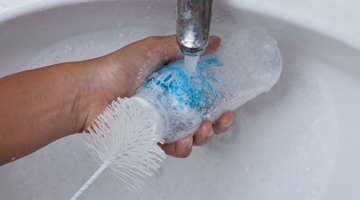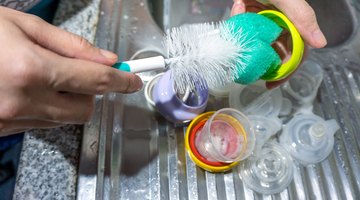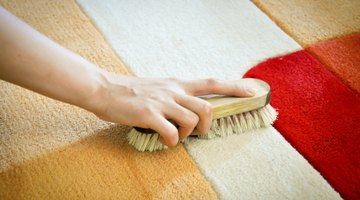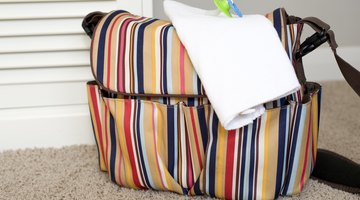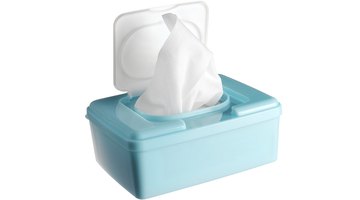Are Microwave Bottle Sterilizers Safe?
Babies are most at risk of contracting viruses and infections during their first year of life, according to the Baby Center network.
If your baby drinks from a bottle, it is important to sterilize the bottle to kill bacteria before using it. There are many ways to sterilize bottles, and using a microwave sterilizer is quick and easy. They use steam to sterilize, and if you follow the instructions, they are relatively safe to use.
BPA Free
Bisphenol A, otherwise known as BPA, is an industrial chemical found in most hard plastic containers. In January 2010, the U.S. Food and Drug Administration changed its position on BPA, taking steps to reduce human exposure to the chemical. Studies show BPA has effects on the brain, behavior, and on prostate glands in fetuses and young children.
When sterilizing a bottle in the microwave, ensure it is BPA-free so no chemicals can leach into the container. Glass bottles are the best choice, but if you must use plastic avoid the hard, clear, inflexible bottles.
Extreme Heat
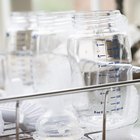
The Disadvantages of Microwave Sterilizers
Learn More
Sterilizers designed to work with microwaves reach very high temperatures. The sterilizer takes five to eight minutes, and during this time will increase in temperature. Afterward, do not remove the lid right away as the steam can burn you. When removing the lid, do it carefully. Bottles need to cool after sterilization. Wait at least two minutes before trying to remove the sterilizer from the microwave. When you remove it, hold it evenly to avoid spilling any hot water onto you.
Fire Hazard
Microwave sterilizers steam baby bottles.
To use a sterilizer, you put water in the bottom as per manufacturer guidelines.
During the heating process, this water turns to steam and sterilizes the bottles. Failing to add water, or enough water, to the unit may cause the sterilizer to melt or even catch fire.
Foreign Objects
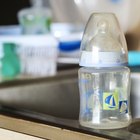
How to Sterilize Baby Bottles in the Microwave
Learn More
If you use a microwave sterilizer for your baby bottles, keep foreign objects away. Metal, for example, will cause a reaction if you put it in the microwave. The microwaves go into the metal and cause intense heating and sparks.
These sparks can destroy your sterilizer and may even cause a fire.
Be sure any items you put into the microwave are safe. They should have the words “microwave safe” printed somewhere on them.
Accessibility
While microwave sterilizing is quick and easy, with no mess, one downside to using a microwave for sterilizing bottles is you might not always have access to a microwave.
If traveling, you might need to sterilize your bottles using a different method. In addition, depending on where you travel, microwave times and temperatures may vary.
Specific Sizing
Sterilizer designs are for specific bottle types. Use only the bottles the sterilizer calls for.
Manufacturer safety instructions say not to overload the sterilizer. The unit must be able to seal properly to function as intended.
If you have many items to sterilize, do it in two loads rather than trying to stuff in everything. If you have bottle sizes not meant for your model of sterilizer, try sterilizing with another method such as boiling water on the stove.


